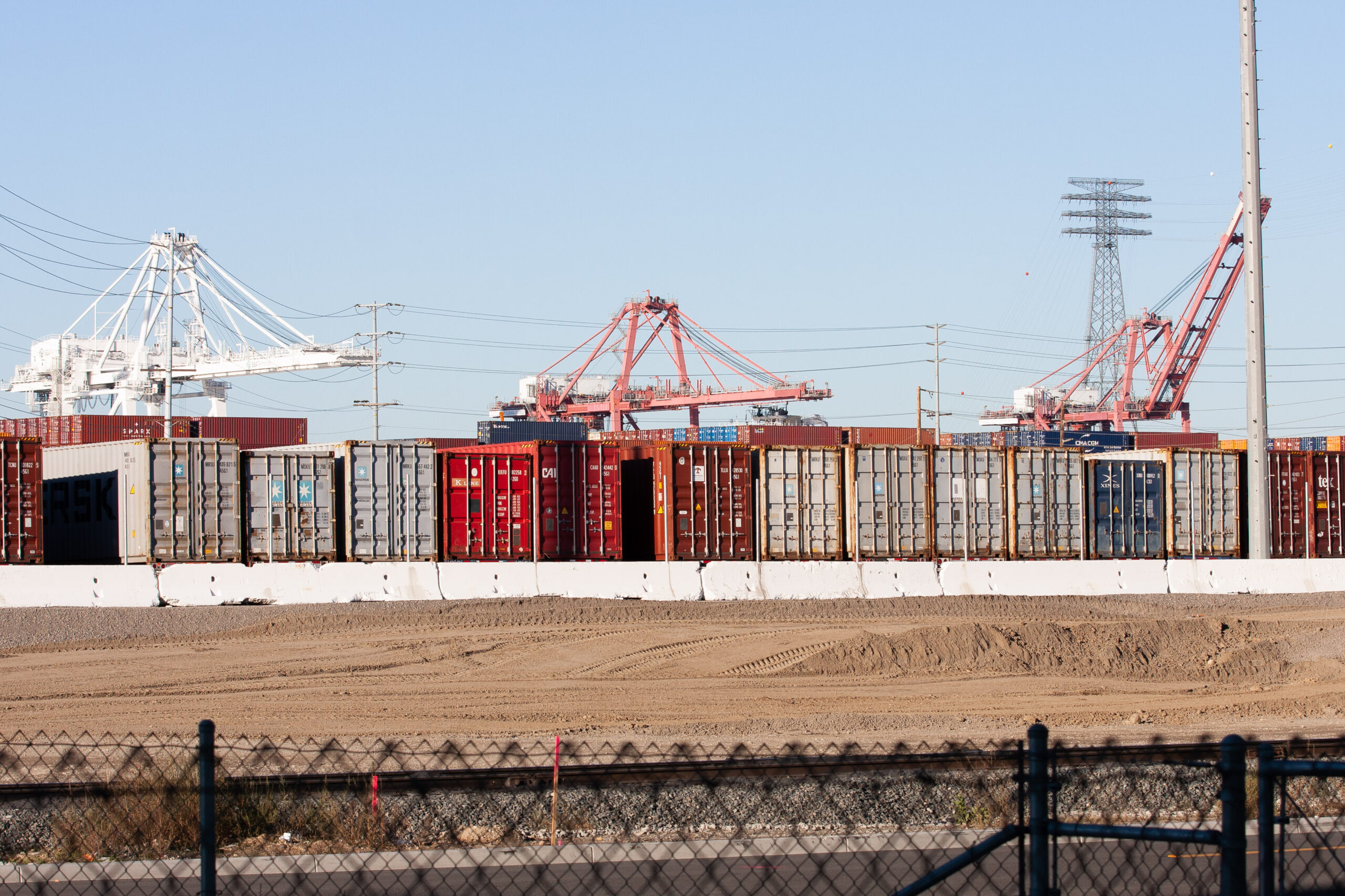
By Tyler Sonderholzer
The ports of Los Angeles and Long Beach have dealt with congestion problems, cargo that has been sitting on the ports for months, over the last couple of months which has led to supply chain issues for companies trying to meet consumer demand and has caused the time of travel and cost of shipping to rise. However, there has been a recent decline in the buildup of cargo and a proposal of $2.3 billion to help ease congestion problems.
The ports handle more containers per ship than any complex in the world and make up 31% of the United States’ market share. During the backup, the time it took for ships to transport goods from ports in China to Los Angeles doubled while the cost of shipping is five times more than the pre-pandemic rate.
The main cause for the congestion is the number of empty containers meaning some terminals at the ports do not have the space to bring in new cargo.
In an interview, the Port of Los Angeles Director Gene Seroka said that the shipping backup is expected to extend to the end of 2022 and some economists echo this belief due to no immediate solution for the supply-demand imbalance.
However, on Monday, the ports announced that there had been a 60% decline in aging cargo, cargo that has been sitting on the ports for months since a $100 fee was announced last October that would fine ships if their containers linger too long. The goal of the fee is to free up valuable space on the docks for incoming ships to drop off their goods. However, the fee is not in effect as it has been delayed several times and it won’t go into effect until Jan. 17
Meanwhile, the City of Carson approved a plan that would store cargo containers and trucks at the Marathon Petroleum refinery while they wait to be moved out.
On Tuesday, Newsom proposed $2.3 billion of state funding for the Ports of Los Angeles and Long Beach to alleviate the congestion problems with $1.2 billion allocated for port infrastructure, which would increase good movement at the port terminal. Other funding would go to zero-emission equipment, training workers and operational improvements.
While the ports are still congested and causing issues for supply lines, the situation has gotten better with the cargo build-up and the promised state funding contributes to improving the infrastructure of the ports.





